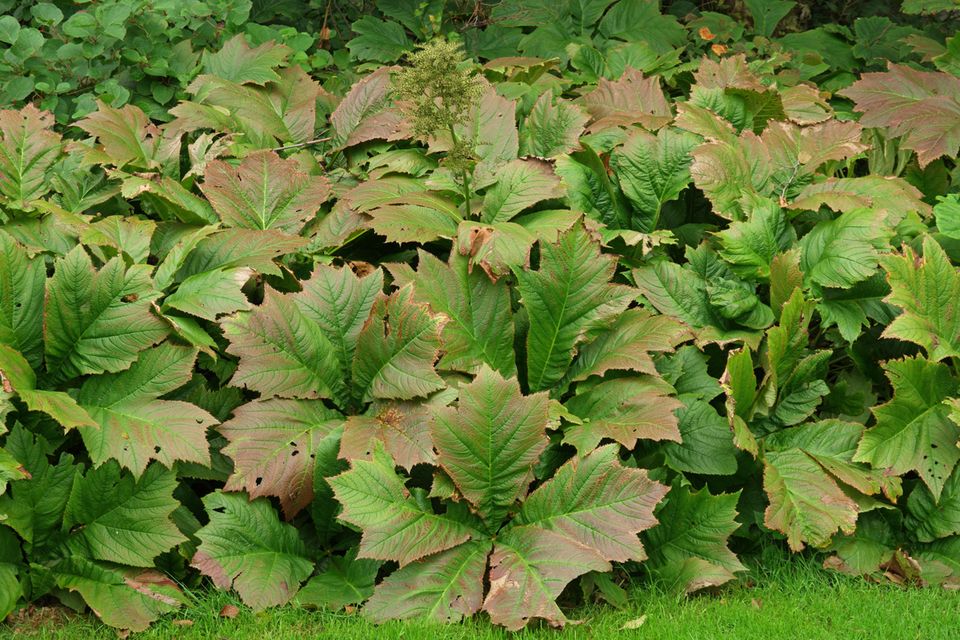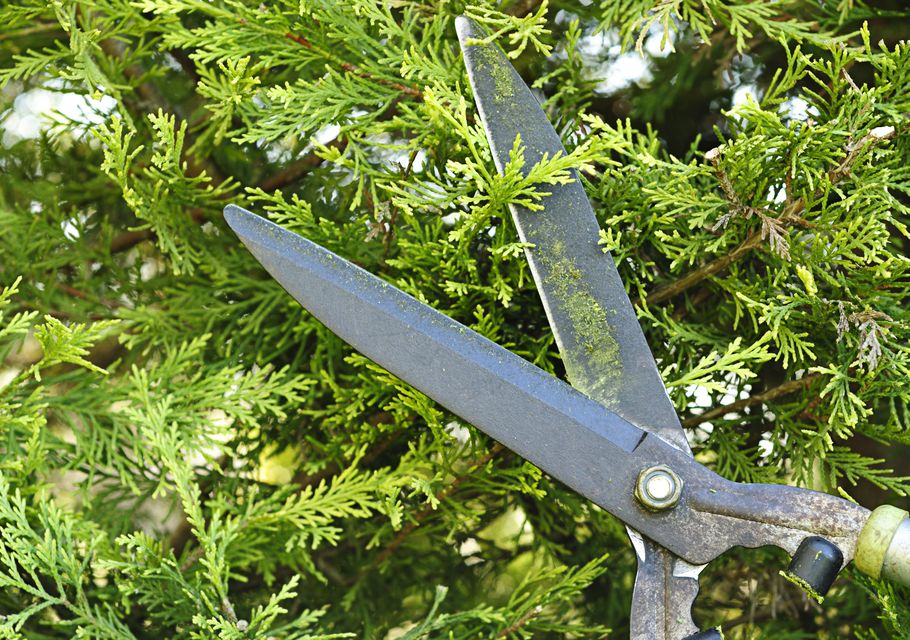October provides us with the perfect window to plant herbaceous perennials. The soil still retains enough warmth and moisture to welcome new planting and allows them to settle in before winter arrives. Later on, when the soil is sodden, is not so good as you will be damaging the soil by compacting it.
In general, herbaceous plants like a good, rich soil to fuel their annual growth of foliage, flowers and seeds, so it’s always desirable to improve your soil before you get planting by gently forking in well-rotted manure or garden compost.
You can also add this after planting around the plant and let nature break it down over time. There’s an old saying, “spend a penny on the plant and a pound on the hole”. Although inflation can be applied to the figures, the sentiment remains true — soil improvement will produce happier plants.
Putting the right plant in the right place is also key to success with your perennials. Examine where you are going to plant — does it receive a lot of sun or remain in the shade most of the time?
There are suitable choices for all conditions and we are blessed with relatively temperate conditions in Ireland to grow a vast range of plants.
Here are some suggestions for sunny or partially-shaded positions and next week I’ll give you some of my favourites that I have found work well in shady spots.
Diascia personata
Also known as Masked Twinspur, the dusky pink flowers on top of tall stems have an airiness and character all of their own. Despite its height, it doesn’t require staking and the very long flowering period makes it a good contender for your borders. Plant in full sun or partial shade in moist, well-drained soils.
Penstemon White Bedder
Penstemons are easy to grow perennials and look absolutely gorgeous in full bloom with their big, foxglove-like flowers.
They come in tonnes of great colours but I also like the simplicity of ‘White Bedder’. Grow in full sun or partial shade in moist, well-drained soil and you will have flowers until the first frosts.
Lythrum ‘Robert’
So that your planting is not all just at one level, introduce vertical accents to introduce rhythm and interest. Lythrum, or purple loosestrife, grows wild in boggy areas so plant in moist soil and keep watered during dry weather. This clump-forming perennial has upright stems covered in smallish rose pink flowers and is a magnet for beneficial insects such as bees and butterflies.
Veronicastrum virginicum
If you’re a fan of floaty “see-through” perennials, this one’s for you. It’s a very elegant plant with slim tapering spires covered in dainty white flowers. Also known as Culver’s root, there are different coloured varieties available as well such as lilac (‘Apollo’) and pale pink (‘Pink Glow’). Plant in sun or partial shade in rich soil that doesn’t dry out. Works well in prairie-style or cottage garden planting scheme, associating well with ornamental grasses.
Salvia ‘Amistad’
Perennial sages are easy to grow plants with aromatic foliage and distinctive, showy flowers. One of my favourites is Amistad — the flowers are a rich, intense purple and the sepals that remain when the flower falls are even darker, almost black as are the flower stems. It is frost hardy, but if you are in any doubt, take some cuttings now.
Salvias root very easily from cuttings and now’s the time to do it.
Read more
Plant of the week
Rodgersia podophylla
Rodgersia podophylla
Strong architectural leaves make a bold impression and provide interest through the seasons with varying leaf colours. Starting off bronzy green when young, these mature to green in summer followed by reddish tints emerging in autumn, before dying down completely in winter. There are also sprays of white, small flowers in summer followed by reddish seeds. Rodgersia likes damp conditions, making it good for boggy areas or even marginal planting around ponds. Lovely with other moisture lovers such as astilbe, ferns, primulas and ligularias.
Reader Q&A
My 60-80 inch Leylandii are shedding their dead orange foliage in their droves from the deep inside of the trees. I’m blowing this debris every day and it’s amounting to many wheelbarrow loads.
You can reduce the build-up by thinning out the trees through selective pruning
The shedding of dead orange foliage from the inside of your Leylandii trees is quite common, especially for older or very tall trees. This inner browning and shedding happens because the dense canopy blocks sunlight from reaching the inner branches, causing them to die off. It’s part of the natural process, and while it can be a nuisance, it doesn’t necessarily indicate poor health. You can reduce the build-up by thinning out the trees through selective pruning to allow more light and air circulation inside, which may slow down the shedding. However, regular debris clearing will likely remain part of your maintenance routine.
Submit your gardening questions to Diarmuid via his Instagram @diarmuidgavin using the hashtag #weekendgarden

